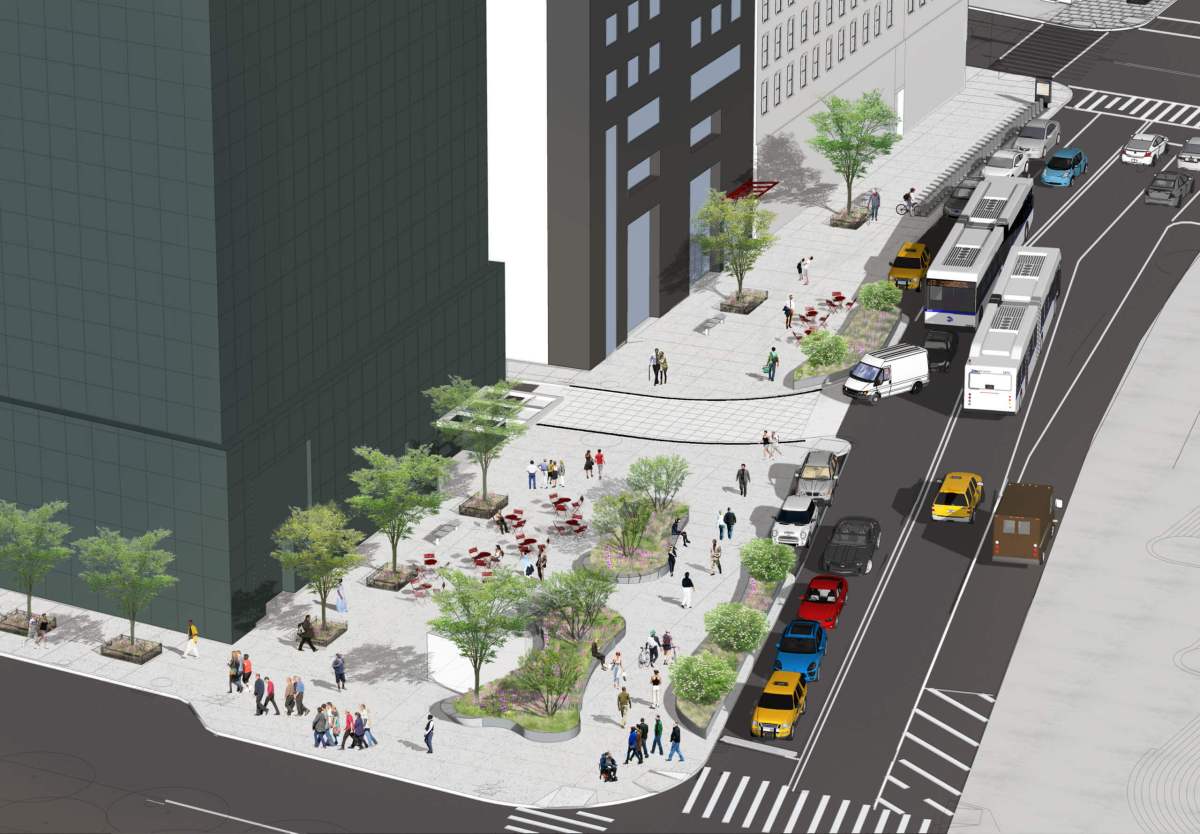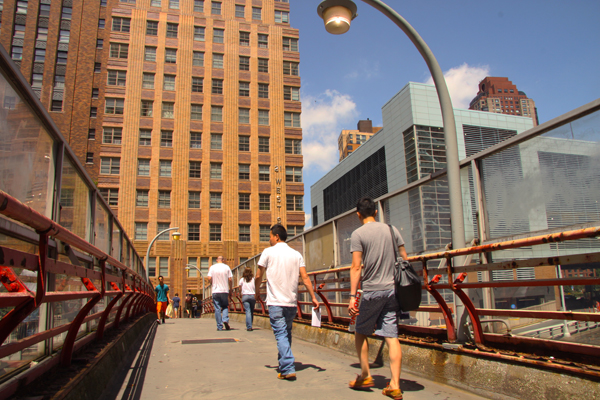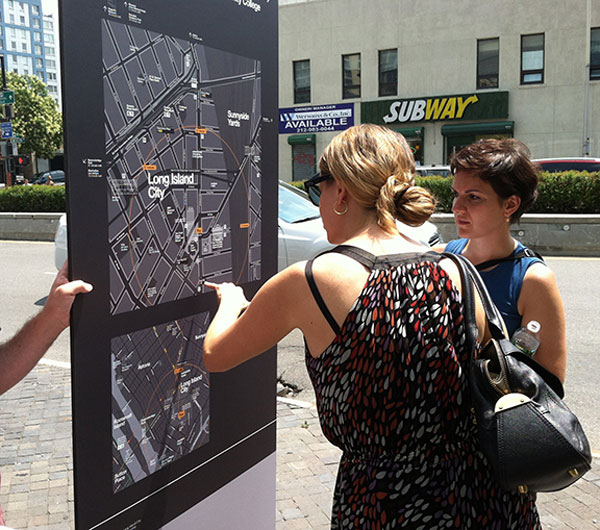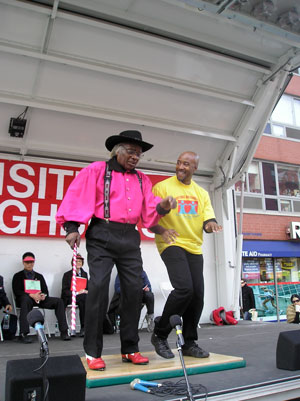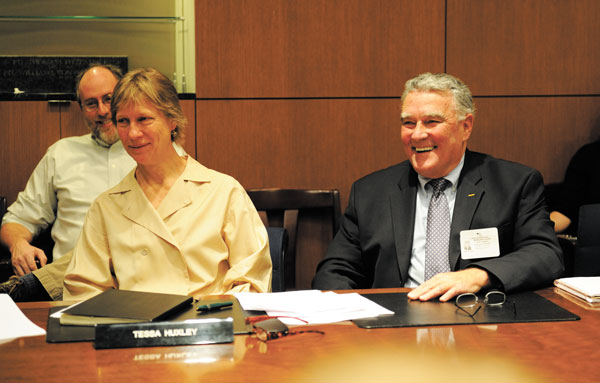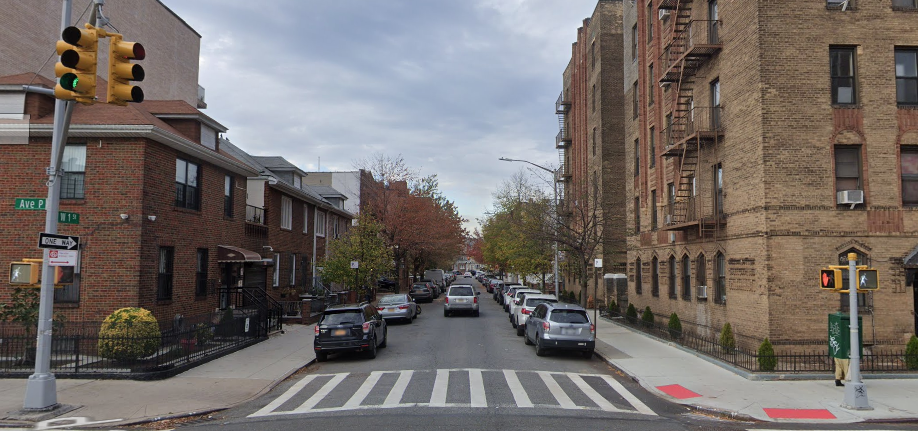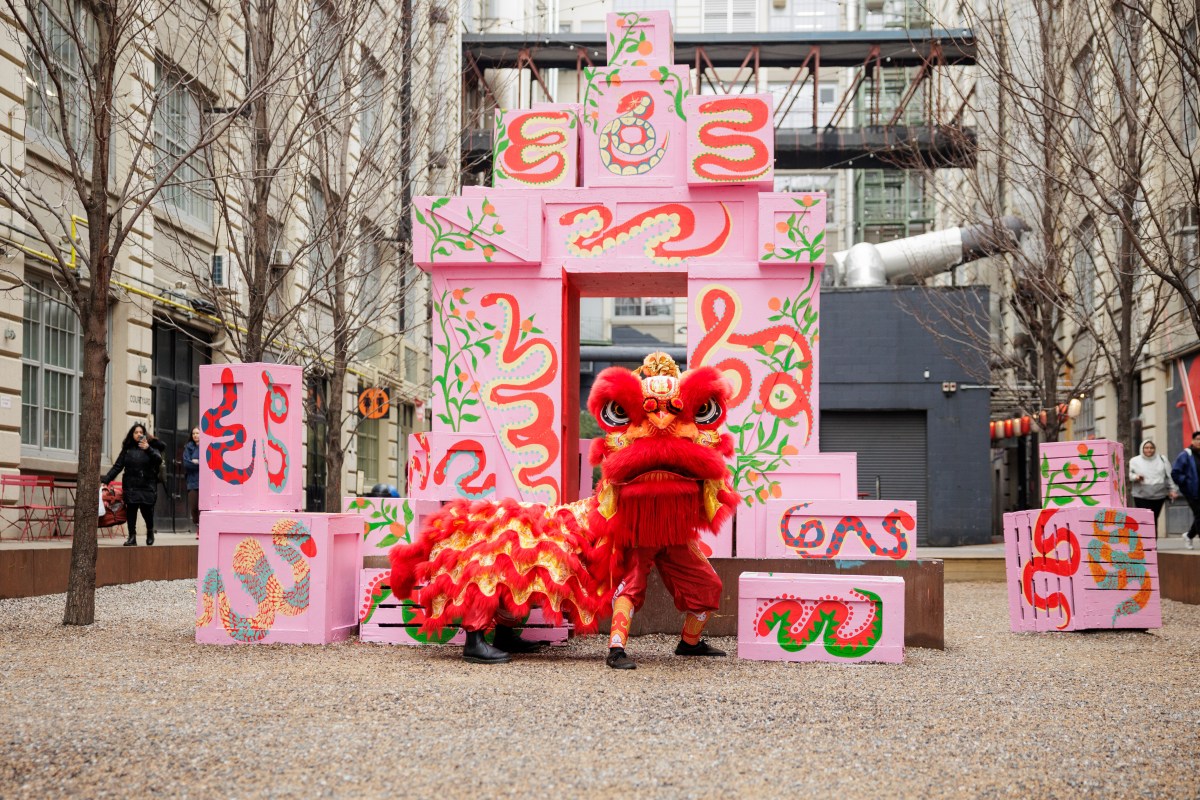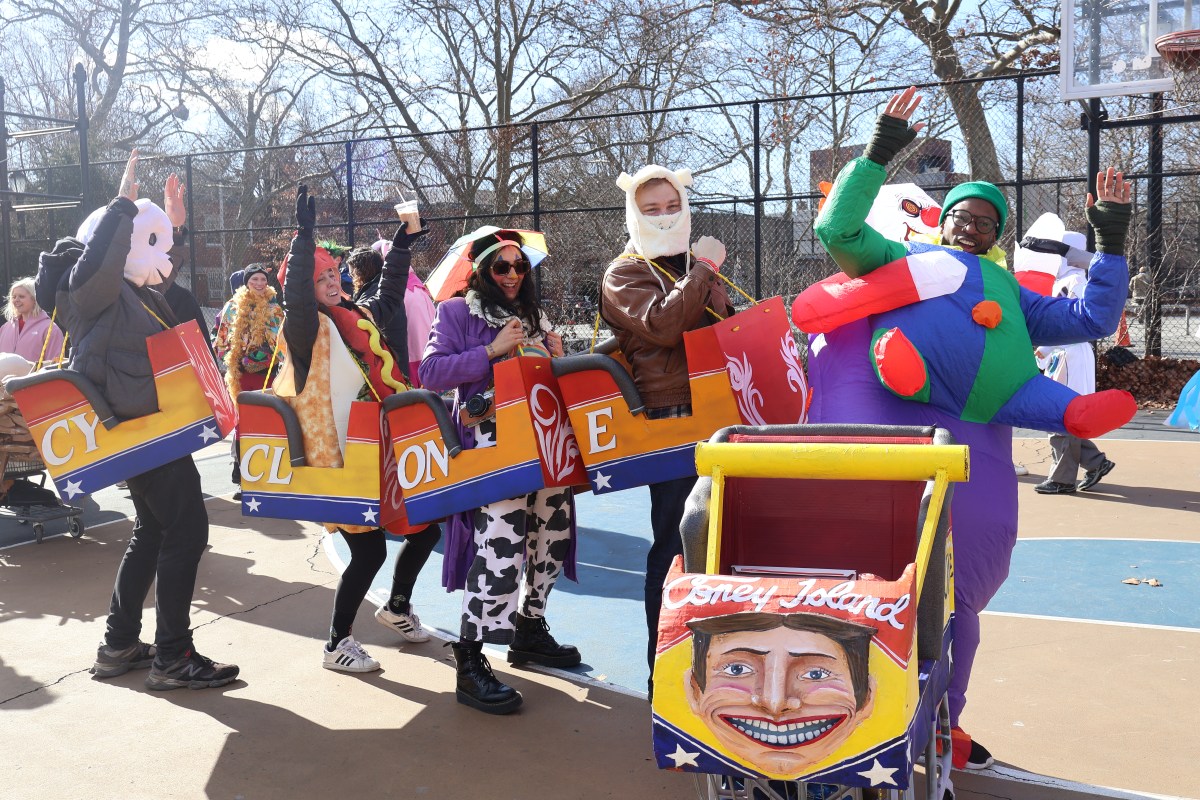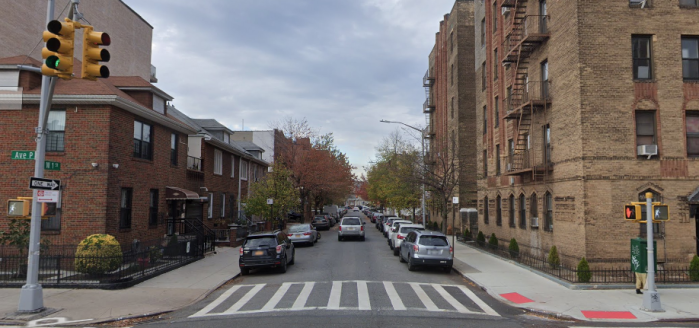The city finally broke ground on a years-long effort to beautify Water Street in Lower Manhattan in recent months, and officials hope the so-called Water Street Corridor Streetscape Improvement Project will help boost the downtown business district’s recovery from the pandemic.
“We feel like this is a really important statement on behalf of the city that we’re reinvesting in the Financial District — the Financial District is not going anywhere,” said Wil Fisher of the Economic Development Corporation, which oversees the project, at a virtual public workshop Thursday, July 22.
The $24.5 million upgrade includes widening Water Street’s western sidewalks, making permanent two pedestrian plazas at Whitehall Street and Coenties Slip, and adding new greenery and seating along the five-block stretch between Whitehall and Wall streets.
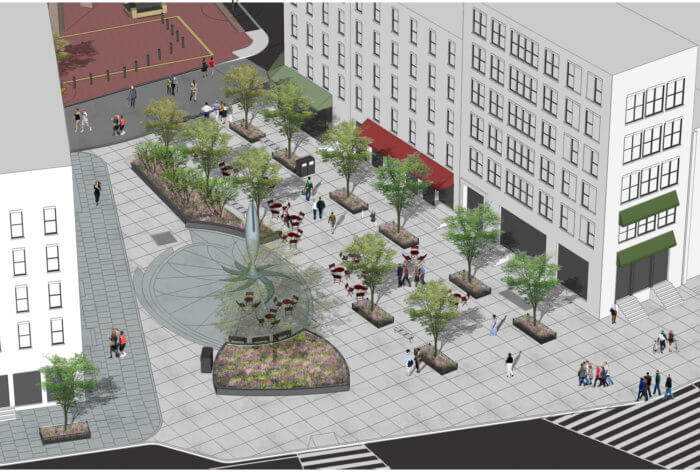
The project is backed by 9/11 recovery funds, including $10 million from the state’s Lower Manhattan Development Corporation.
The remainder comes from the Federal Highway Administration, the Federal Emergency Management Agency, the city budget, and private utility company contributions, according to EDC spokesman Christopher Singleton.
Construction started in May and engineering contractors Techno Consult expect to wrap up in two years, or around mid-2023, said Zubia Mallick, a rep for the New Jersey-based firm at the meeting. Techno will start with mostly underground work before doing above-ground construction in 2022.
The project is part of a larger 2010 proposal by the local business association the Downtown Alliance to beautify Water Street, between Whitehall and Fulton streets, which the organization called Lower Manhattan’s “most important commercial corridor.”
The group wants the city to transform the street flanked by a canyon of office towers and make the area more inviting by building out pedestrian space with more plantings, and installing plazas with tables and chairs.
The city narrowed the street by a lane in 2013 and installed gravel and colored pavement with plastic traffic delineators as a placeholder for the current project, reported local outlet The Tribeca Trib.
The Public Design Commission approved the scheme in 2018 and it was originally slated to be completed this year at a cost of $17 million.
But the upgrade faced delays in working with city agencies to make sure it didn’t interfere with the complex grid of underground utilities at Manhattan’s southern tip, and because of a citywide freeze on contracting during the pandemic, according to EDC’s project manager Steve Nelson.



